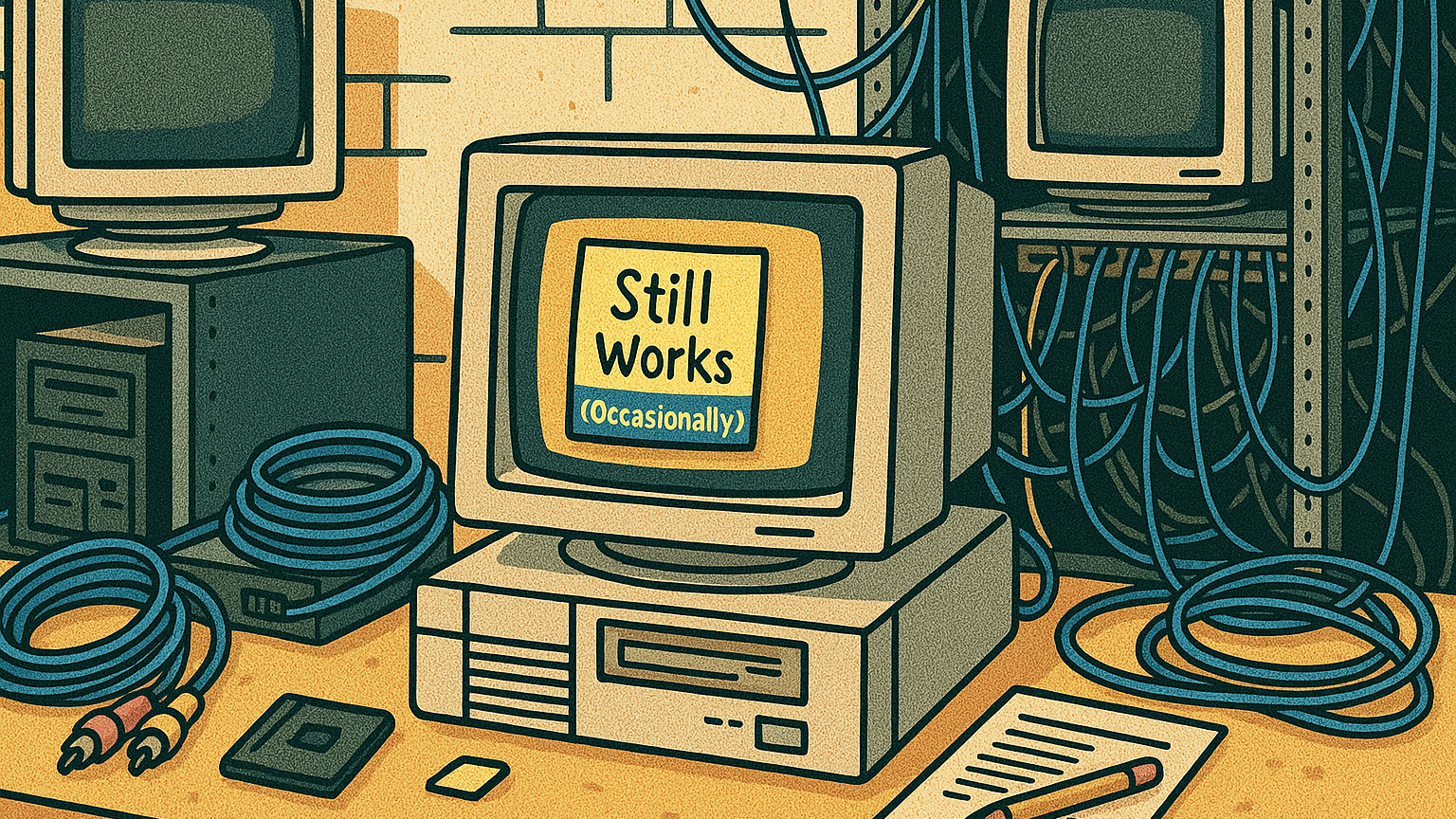YOUR JOB as an IT business owner is simple: to make your company successful. It’s not to fritter away your time on things that aren’t critical to that mission or on tasks that others can do just as well (or better). This becomes even more critical during tough economic times like now. Being productive is all about prioritizing the things that you need to do, delegating everything else, and refraining from low-money activities and things that need to go on the “”Stop Doing”” list.
A few years ago, I interviewed Jack Miller, former CEO of Quill Corporation, an office supplies store that he started with a small loan of $2,000 from his father-in-law and later sold to Staples for $685 million. His first office was in the back room of his father’s poultry shop on the north side of Chicago (he joked with me about having to explain to prospects what the constant clucking sound was in the background). Jack built his client base through old-fashioned prospecting. Cold calls. Walking into prospective clients’ offices to sell them on buying their supplies from him. No email, no LinkedIn, no websites, no SEO, no pay-per-click.
When he finally secured a small book of business, he immediately plowed that money into marketing, revolutionizing his industry by mailing product catalogs to clients and becoming the first mail-order company in the United States. Because of his aggressive marketing, the company’s revenues skyrocketed to $180 million in the mid-1980s.
Jack shared with me that the biggest secret to his success was creating two lists: things that ONLY he could do, and everything else. He relentlessly focused all his energy on those things he felt only he could do, delegating or forgetting everything else. At the top of his list was marketing—specifically the role and responsibility of getting clients and making the cash register ring.
I hear a lot of small MSPs blame their lack of money as the main reason they can’t do marketing. Truth be told, this is just a giant excuse to let themselves off the hook from doing something they simply don’t want to do. Many of the multibillion-dollar companies we now know were started by an entrepreneur hitting the street and cold prospecting, just like Jack Miller. Fred Smith. Michael Dell. John Paul DeJoria. Richard Branson. The list is long. Picking up the phone and cold calling is not ideal but is often necessary until you have sufficient funds to build a sales and marketing team and invest in more “”sophisticated”” ways of marketing.
Another excuse is time. You’re not overwhelmed, you’re confused. When you printed “”owner”” on your business card, you took the responsibility to bring in clients, like it or not. If you don’t like it, you’ll be far better off taking a job doing technical work. There is no “”lack of time.”” There is only a lack of motivation. Sometimes it’s a fear of selling. Sometimes it is pure laziness. If you are truly that busy, you ought to be making enough profit to hire staff to shed the lower-income-producing activities so you can invest more time into marketing. If you have “”no time”” and no money, you’re failing, period. Cut out all the clients, projects, and activities that aren’t profitable and start working diligently on activities that bring you ones that are.
If you’re serious about growing a business, then stop right now and make your two lists: 1) the most important things you must do to grow the business profitably (which is every CEO’s No. 1 job); and 2) the things you should stop doing or be delegating.
I’ll make you a good-natured bet that you’re spending multiple hours a week on things that are of low or no importance, unprofitable, unproductive, and outright unnecessary, all while telling yourself you have “”no time”” for marketing. Turn those tables and you’ll find money flowing your way. It’s not magic.
ROBIN ROBINS is CEO of Technology Marketing Toolkit. Since 2001, she has been showing MSPs and IT services firms how to implement marketing plans that attract higher-quality clients, lock in recurring revenue streams, and secure high-profit contracts. Her methods have been used by more than 10,000 IT services firms around the world, from startups to multimillion-dollar MSPs.












